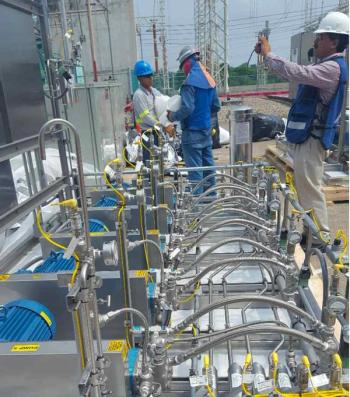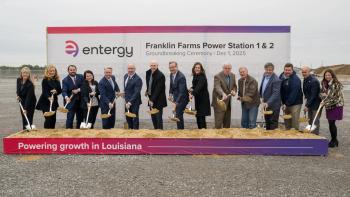
U.S. Supreme Court ruling will make it harder for coal plants
In April, the U.S. Supreme Court, in a 6-2 majority, upheld U.S. EPA rules to control coal-fired power plant emissions. This will affect coal-fired power plants in 28 states. The ruling effectively overrides the state’s initial responsibility in controlling air pollution as set forth in the Clean Air Act (CAA).
“The EPA has written the states out of the Clean Air Act,” said Jonathan Mitchell, Solicitor General from Texas. The Supreme Court’s decision overturned a D.C. Circuit Court ruling that vacated the U.S. EPA’s Cross-State Air Pollution Rule (Transport Rule). The Transport Rule calls for consideration of costs, among other factors, when determining the emission reductions an upwind State must make to improve air quality in downwind areas. The D.C. Court voided the Transport Rule so that no State will be required to decrease its emissions by more than its ratable share of downwind-state pollution.
The Clean Air Act mandates State Implementation Plan (SIP) compliance with the Good Neighbor Provision, which requires SIPs to “contain adequate provisions ,prohibiting any source or other type of emissions activity within the State from emitting any air pollutant in amounts which will contribute significantly to non-attainment in, or interfere with maintenance by, any other State.”
“The Good Neighbor Provision, in our view, entrusts interpretive authority to EPA,” said Justice Ruth Bader Ginsburg, speaking for the majority. “We are satisfied that EPA’s construction of the statute reasonably responded to a perplexing problem the statue itself does not resolve.”
The statute requires States to eliminate those “amounts” of pollution that “contribute significantly to nonattainment” in downwind States. Thus, EPA’s task is to reduce upwind pollution, but only in “amounts” that push a downwind State’s pollution concentrations above the relevant National Ambient Air Quality Standards (NAAQS).
However, the nonattainment of downwind States results from the collective and interwoven contributions of multiple upwind States, according Justice Antonin Scalia’s dissent to the Court’s majority opinion. “The statute therefore calls upon the Agency to address a thorny causation problem: How should EPA allocate among multiple contributing up-wind States responsibility for a downwind State’s excess pollution?”
The EPA proposed a cost-based formula that balanced the upwind state’s obligation to reduce pollution and the cost for a downwind state to meet its clean air obligations. But this formula is problematic, according to Scalia, who cited the following example: “Suppose the Agency sets a NAAQS, with respect to a particular pollutant, at 100 parts per billion (ppb), and that the level of the pollutant in the atmosphere of downwind State A is 130 ppb. Suppose further that EPA has determined that each of three upwind States — X, Y, and Z — contributes the equivalent of 30 ppb of the relevant pollutant to State A’s airspace. The Good Neighbor Provision prohibits only upwind emissions that contribute “significantly” to downwind nonattainment. EPA’s authority under the provision is therefore limited to eliminating a total of 30 ppb, i.e., the overage.
“How is EPA to divide responsibility among the three States?” asks Scalia. “Should the Agency allocate reductions proportionally (10 ppb each), on a per capita basis, on the basis of the cost of abatement? or by some other metric?”
Interpreting the ruling, some say states will no longer be able to delay implementing expensive emission controls.
Critics believe this cost-based formula - using a balance between an upwind state's obligation to reduce coal-fired pollution and costs required for a downwind state to meet its own obligations - punishes some states more than others, and the rules the state's must adhere to are ambiguous.
According to EPA projections, the rule would cost about $800 million annually, but the nation would see $120 billion to $280 billion in annual benefits in reduced healthcare costs.
Newsletter
Power your knowledge with the latest in turbine technology, engineering advances, and energy solutions—subscribe to Turbomachinery International today.





